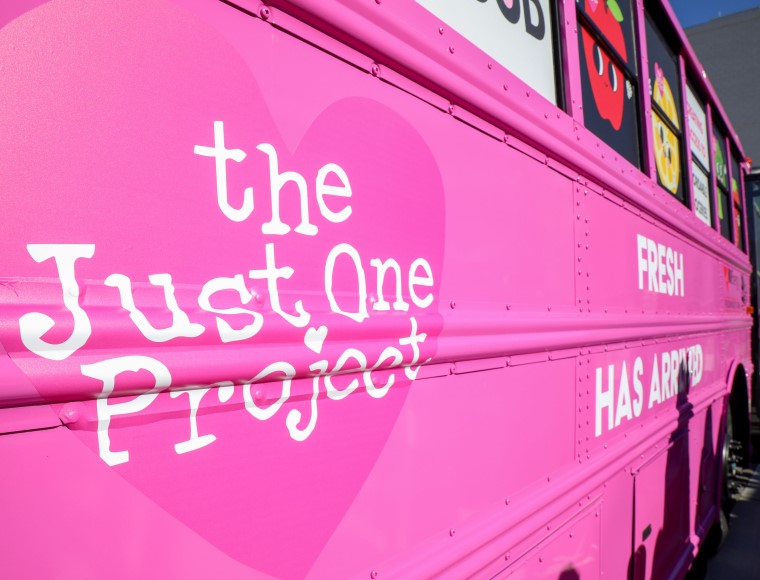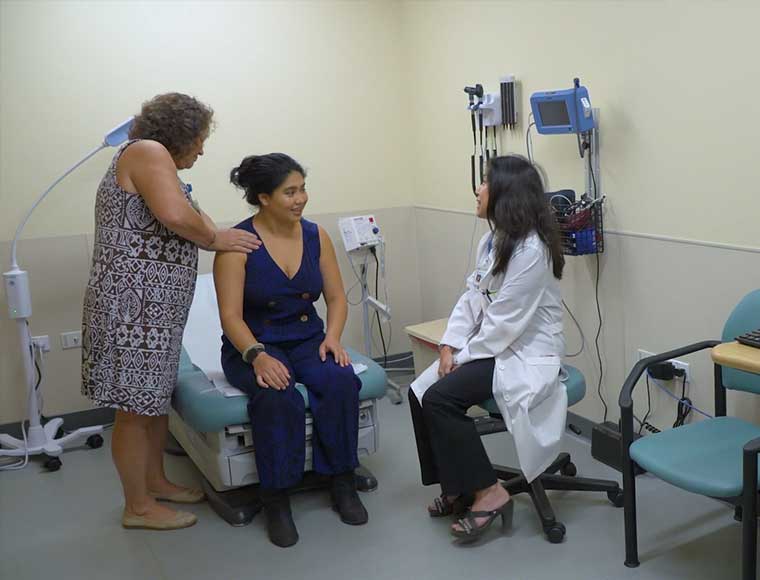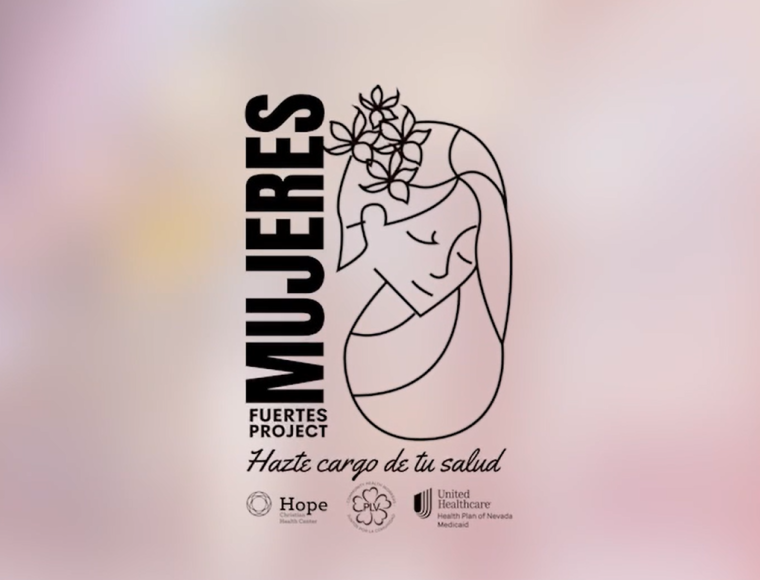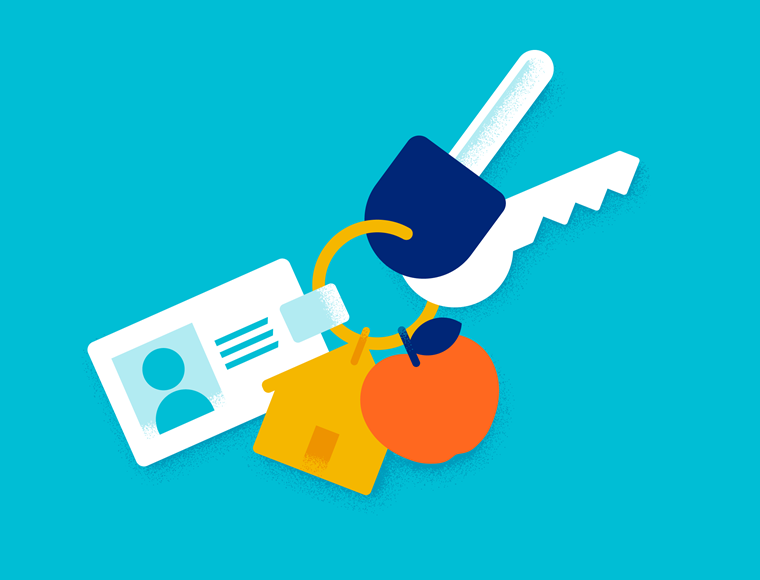Joseph Fu is Executive Director, UnitedHealthcare Community Plan of New York, and co-lead of the Health Equity Transformation Initiative.
Christina Pechette is Senior Director, UnitedHealthcare Community Plan of New York, and co-lead of the Health Equity Transformation Initiative.
Differences in diagnosis, treatment and outcomes for those who face poverty, structural racism and discrimination continue to adversely affect individuals and communities across the United States. The economic burden of these health disparities continues to rise and is now expected to cost the U.S. health care system approximately $320 billion annually.1
The high cost of disease in some communities can be linked to structural inequities and biases, related to race, gender, and socioeconomic status. For example, people living below the poverty line are 50% more likely to have asthma than those with higher incomes. The disparity-driven cost associated with asthma spending equates to about 4.3% of the total asthma spend, or $2.4 billion per year. The health and economic harm is significant.
Working to eliminate this type of disparity is core to our business, culture and fundamental purpose at UnitedHealthcare. We believe health equity means that everyone has a fair and just opportunity to achieve their full health potential. Our Health Equity Transformation Initiative (HETI) is committed to embedding health equity into our organization’s culture and practices. We will only be satisfied when every person, regardless of race, place, or circumstance, has the opportunity to live their healthiest life.
Throughout this process, we have discovered that health equity data, community involvement and collaborative design are crucial steps. To make our efforts sustainable, we have also learned the importance of internalizing the values of an equitable approach.
Using data to pinpoint local action
One of the most important drivers of focused action is the insight gathered from health equity data combined with health data. This approach adds racial, ethnic, geographic and demographic data to help inform collective actions that address equity. Building rich data profiles helps hone in on individuals facing home and food insecurity, transportation challenges, access to income and lack of access to health services.
For example, working with the Public Housing Agency and Federally Qualified Health Centers in Ohio, UnitedHealthcare has been able to drive collective action around some of the barriers the Asian community faces related to their housing and engagement challenges. We connect what we know from our health data to what we learn from these local organizations.
Engaging the community to create equitable outcomes
Making a change to long-standing inequities requires a deep understanding of the communities we serve — including language, culture, race, ability, gender and sexual orientation. Prepared with a more holistic, data-driven perspective, we can now expand our dialogue with these community leaders and their teams. We want to learn from their experience and ask for their support in learning more about the community. We invite them to collaborate with us to co-design solutions that will be culturally appropriate and meaningful to these members. These teams are already embedded in the community, working to solve key challenges. By working together, we can identify how to leverage our resources to augment their work, strengthen it and expand on it.
One of our greatest strengths is the rich diversity of the communities we are able to serve — each with unique languages and cultural influences. We are working to understand the needs of these multifaceted groups.
For example, in New York the health plan facilitates listening sessions with diverse members ranging from the Chinese and Spanish speaking communities to Jewish-faith communities, so we can assess any potential blind spots and uncover ways to create more equitable practices. This may mean reexamining our own policies, expanding the diversity of our provider networks or finding new ways to give providers the tools and resources they need to close disparities in health outcomes.
Expanding our learnings internally
Health equity is not simply an initiative or program. It is a new way of thinking about people, health and well-being. For organizations to have real impact, we need to do the work of understanding our own biases and sensitivities and where our own staff may be facing inequity. It is vital to have leadership declare health equity as a priority. But to actualize the vision, we also need to train our employees, listen to them and share their perspectives.
Across our organization, we have working groups focused on developing skill-building around health equity. We have also conducted listening sessions among our market leaders and staff to understand what kind of impact our health equity initiatives have on their work. Making health equity part of our culture is how we can look at these issues through the proper lens.
Bringing programs to scale
Using data to guide our focus on closing disparities, and a collaborative approach with local organizations, UnitedHealthcare Community & State has been able to design and develop interventions in communities that can potentially be scaled to other geographies.
Recently, in Minnesota, we held listening sessions with a FQHC partner and learned that many providers faced the challenge of addressing racial trauma among Medicaid members with frontline staff. We were able to partner with the managed care organization to sponsor and develop a training module for health care workers.
Whether we are focusing on change through information and action from the top down or community initiatives from the ground up, we are doing whatever it takes to ensure every member receives an equitable health care experience.










